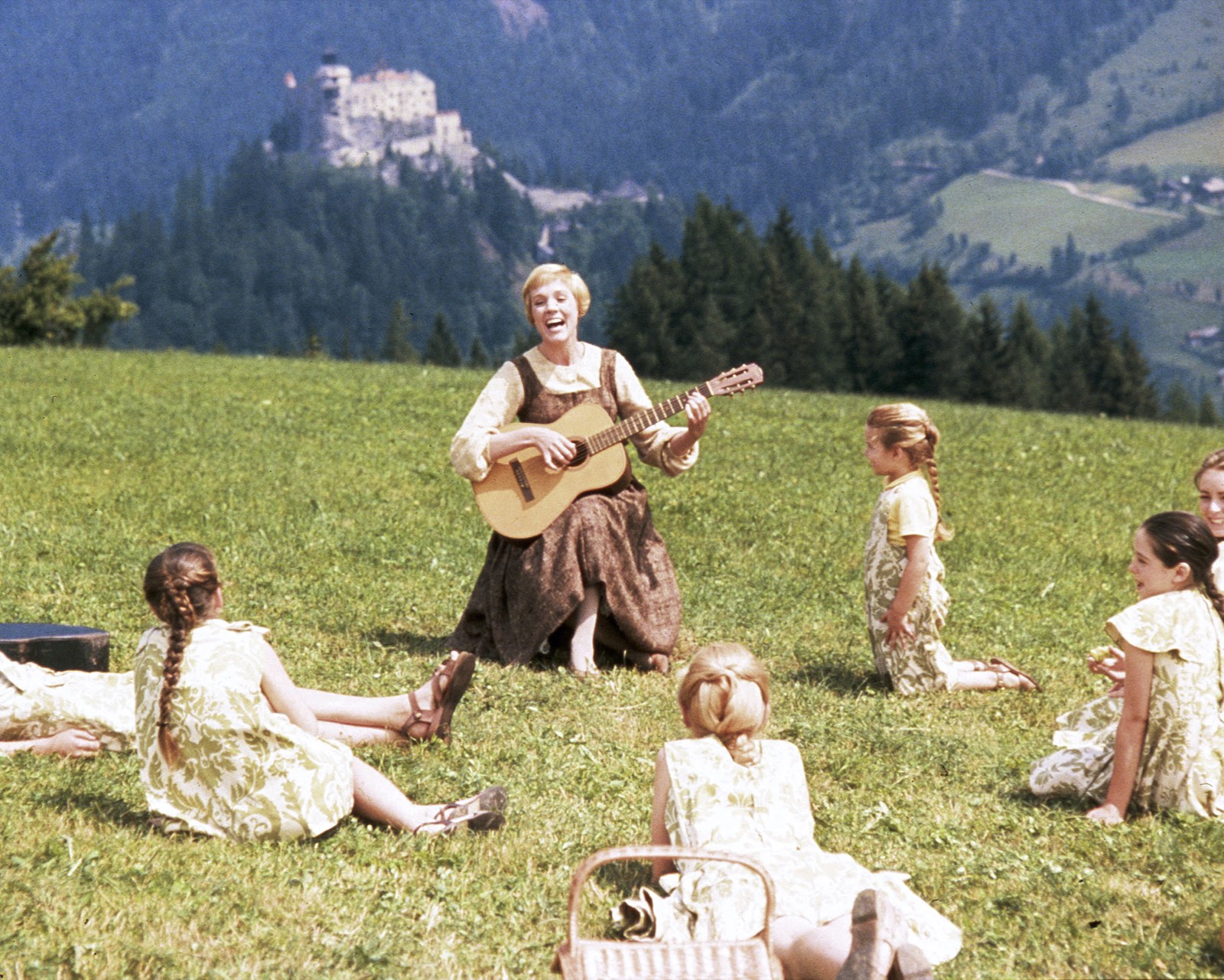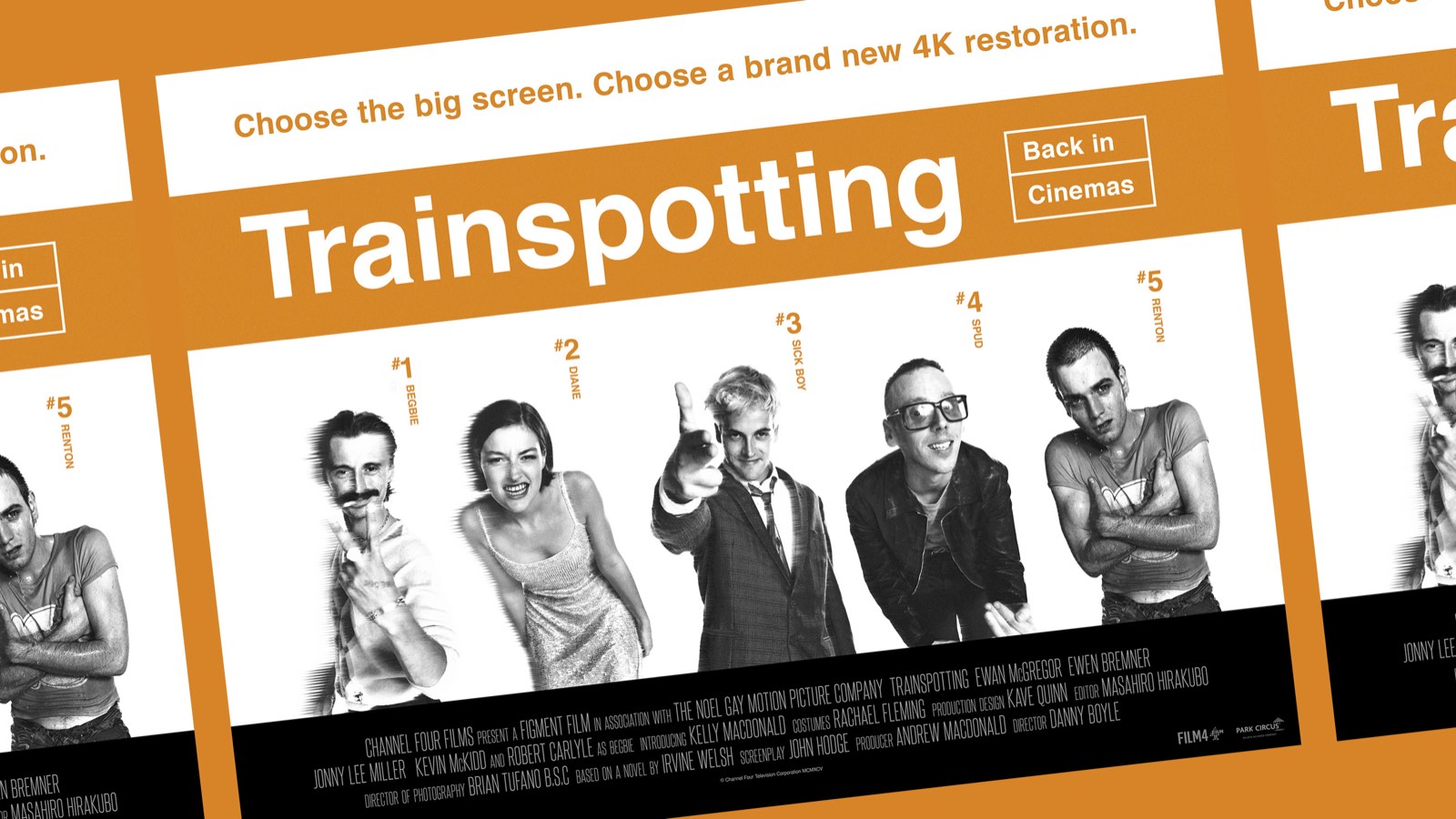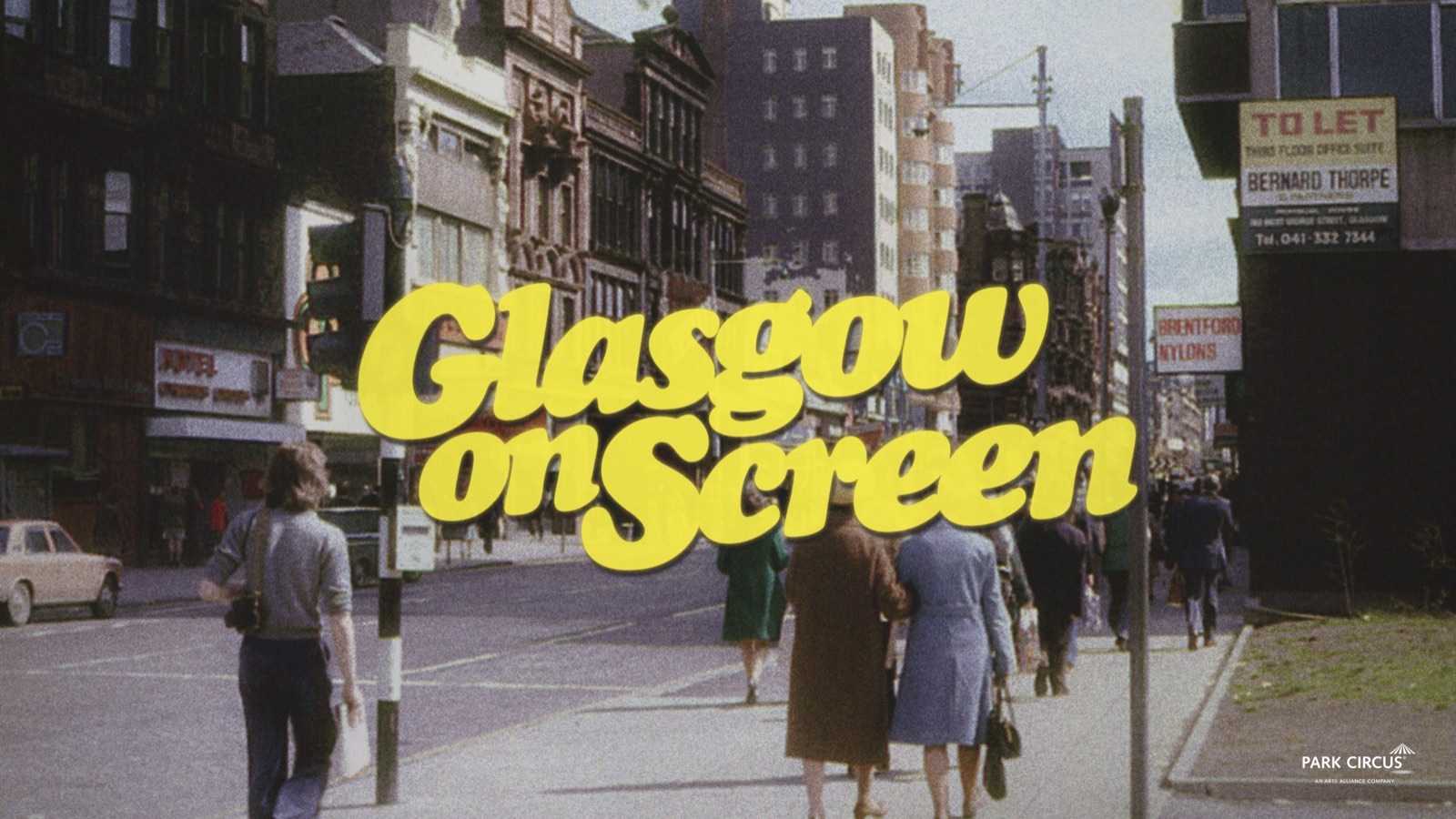

We are thrilled to finally be supporting the safe reopening of cinemas. As they begin to reopen, we take a dive into our catalogue for a closer look at what the theatrical experience means to all of us.
Throughout August, we're focusing on the films that take us back. Taking the theme REMEMBER, we investigate the cultural phenomena which have stood the test of time.
Professor Caryl Flinn is a lifetime fan of The Sound of Music and the author of the BFI Classics book on the film. She also teaches in Film, Television, and New Media at the University of Michigan.
“I’m absolutely delighted be a part of this series welcoming people back to cinemas by touching on a few highlights of The Sound of Music.
One of the reasons the film thrives on the big screen is its scale. The wide screen is simply filled with amazing choreography and images. Its director, Robert Wise, who had directed in just about every genre and was fresh from his adaptation of West Side Story when he made The Sound of Music in 1965, used locations to great advantage. There are the vast opening shots of The Alps, shown from a helicopter at a distance, then finally moving closer to Maria singing on top of her mountain. The emphasis on nature in that first shot is something to behold, nothing but those beautiful shots and the sound of the wind at first, then slowly some woodwinds kick in to mimic the sounds of birds, and then we go to Julie Andrews. From the start, the film is stressing the intimacy of nature’s connection to singing, and the joy that they both bring.

The film did very well on release. It was a true gala production and its length of three hours caused it to have an intermission when the film was released and was taken on its roadshow tour. It was a global sensation where it was released except for two countries - Austria and Germany. There are a number of reasons, but one of the more important ones is that they were familiar with the story and had been told it on film many times. In the 1950 there were two very successful films on the family that were not at all saccharine, not at all Hollywood or Broadway. They didn’t dodge the grimmer aspects of the family’s story, their financial troubles before they left and the hardships they faced when coming to America.
The imagery of the film, and some of the scenes, are seared into the memory of those that have seen it over and over. For example, when the Captain’s heart starts to melt because he can start to sing again, which he hasn’t been able to do or permitted his children to do since the death of his first wife. His eldest child, Liesl, is the only one old enough to remember the song Edelweiss and sing it with him.

The most iconic scene of course is Julie Andrews playing Maria twirling around on the top of the mountain, where she’s gone to escape into the joy of singing and nature. Her arms outstretched show not just her happiness on the mountain, but offer us an invitation to come into the world of the film, and with Andrews’ dazzling multi-octave voice, it makes for a powerhouse rendition of the opening scene. It’s such a simple and pure scene, veering on sentimental – for some people it’s too much, it makes them allergic to the film!
Striking though these images are, it’s the songs and the music that sustain the film. And the songs are of course as striking as the film’s visual identity, giving the film heart and soul. In fact, more than any other musical than I can think of, the title announces that unabashedly - the joy of singing and music. Rodgers & Hammerstein songs have entered the American Songbook.

The last important component of the film that certainly lives on today is The Sound of Music's ability to foster a sense of community in its fans and in its audiences. There are so many different kinds of fan groups, with rich discourses all over YouTube and social media. So many different groups who enjoy the film, and an significant amount of communities generated.
This is really shown by the sing-a-long versions that screen in cinemas all over the world, where people come dressed up as their favourite characters, there are prizes, there are gadgets to set off at certain times. Endless Marias, children in lederhosen and dirndl skirts, and a cavalcade of nuns in drag - in my experience at least! It lives on in community theatre, school productions, it’s all around us, its afterlife is robust, and our affection for it truly lingers.
So, as we slowly start to prepare to re-enter theatres, what I think is about the best thing in these times would be the joyful experience of watching a film like The Sound of Music. It’s not just the film itself, but the act of watching it on the big screen."




